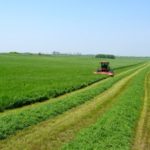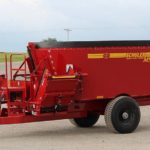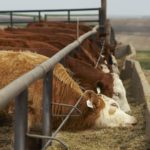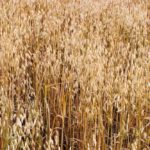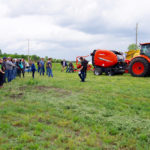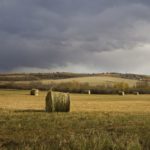Ontario fruit and forage growers who have production insurance premiums due this month will now have until June 30 to pay, the province said Monday. The extended premium payment deadline applies only to production insurance plans for fruit, strawberries and asparagus — and to the forage rainfall insurance plan, which uses rainfall as an indicator […] Read more



